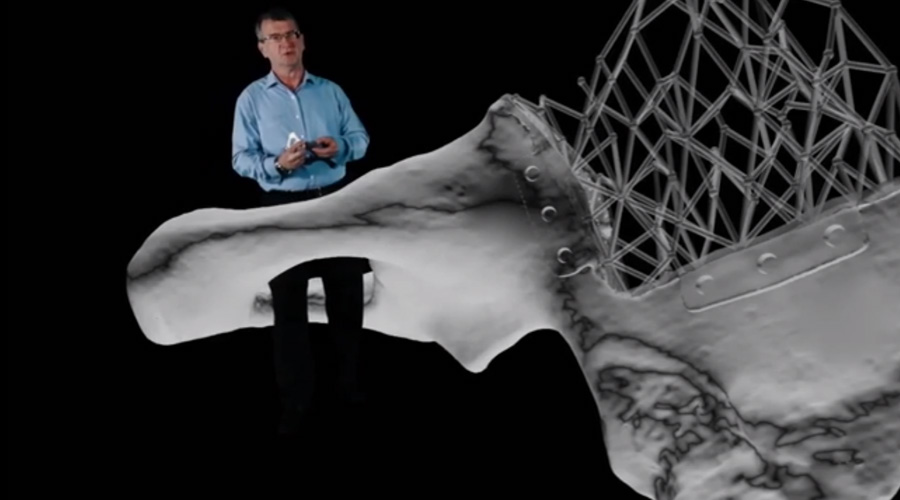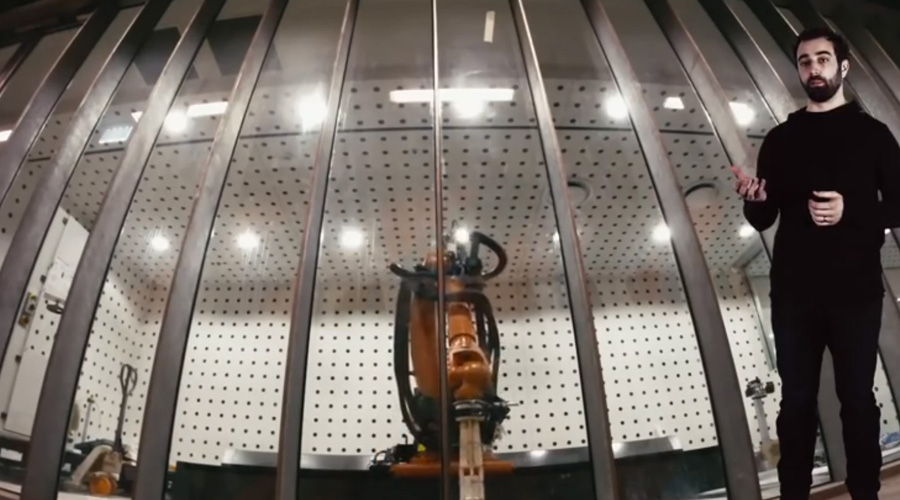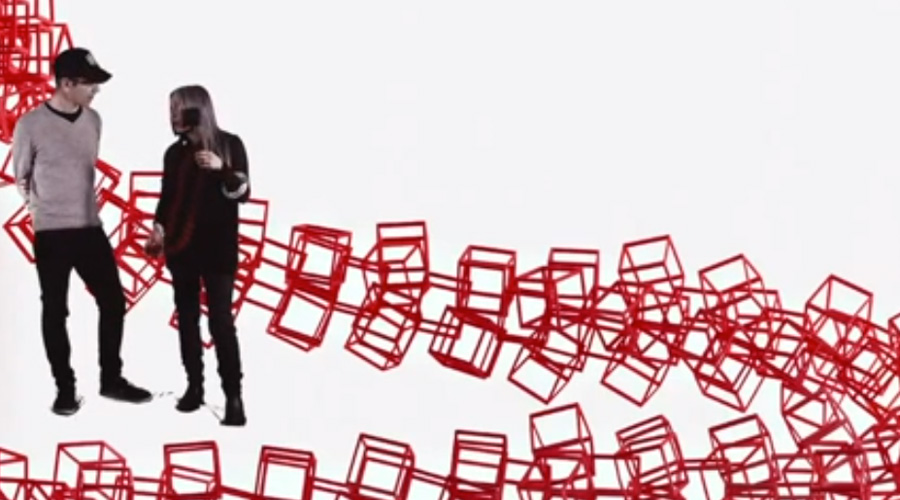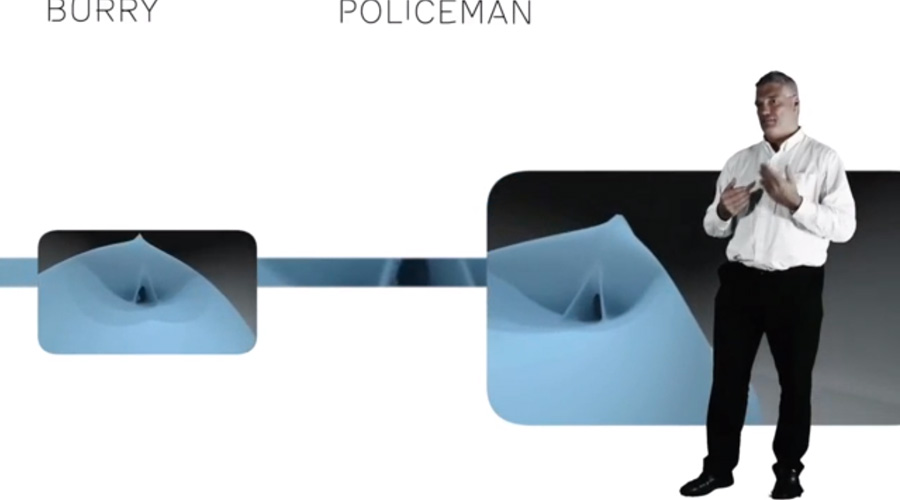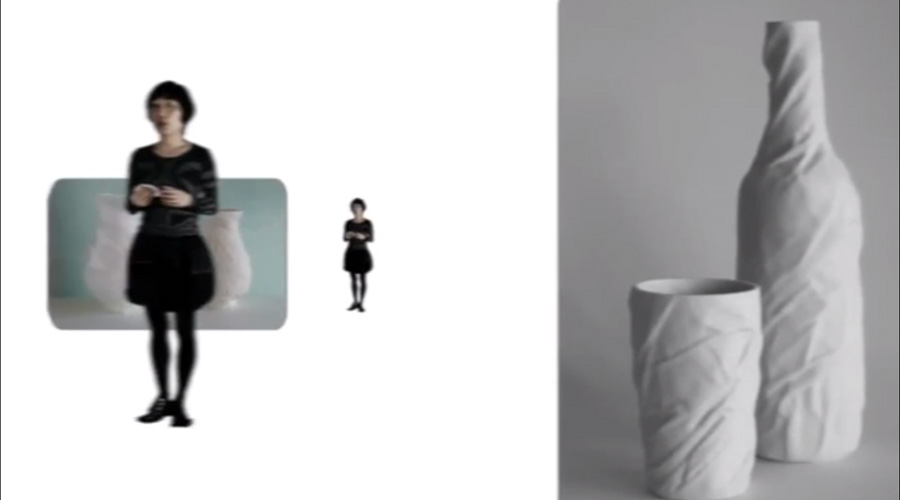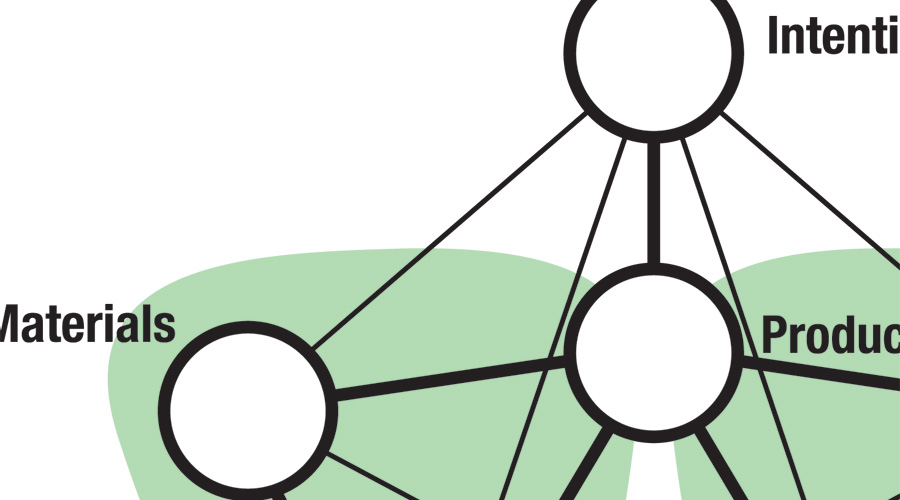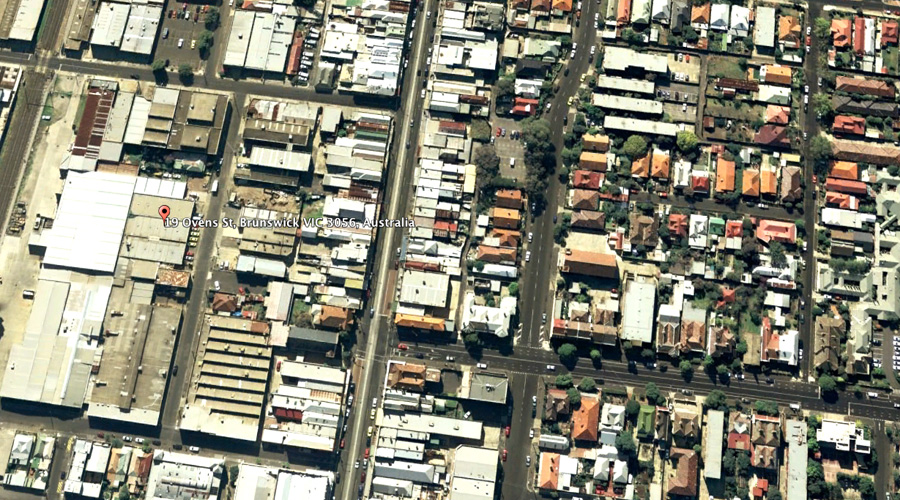AIDE: Week Seven
Thermoplastic Polymer Wheel Rim
smart forvision
Composite materials
NASA 360
Injection Moulding
Three plate collapsible core
Co-Injection Moulding
Plastic co-injection molding by BemisATG
Comparisons illustrated
World Ressource Institute (WRI) illustrates the activity sectors from which of greenhouse gases (GHGs) originate, comparing this world flow chart with that of the USA.
'All data is for 2000 and given in CO2 equivalents with the GWP 100a weighting factors for methane, nitrous oxides, HFCs and PFCs from the IPCC 1996 report. The total quantity is an estimate of 41755 MtCO2 equivalent.'
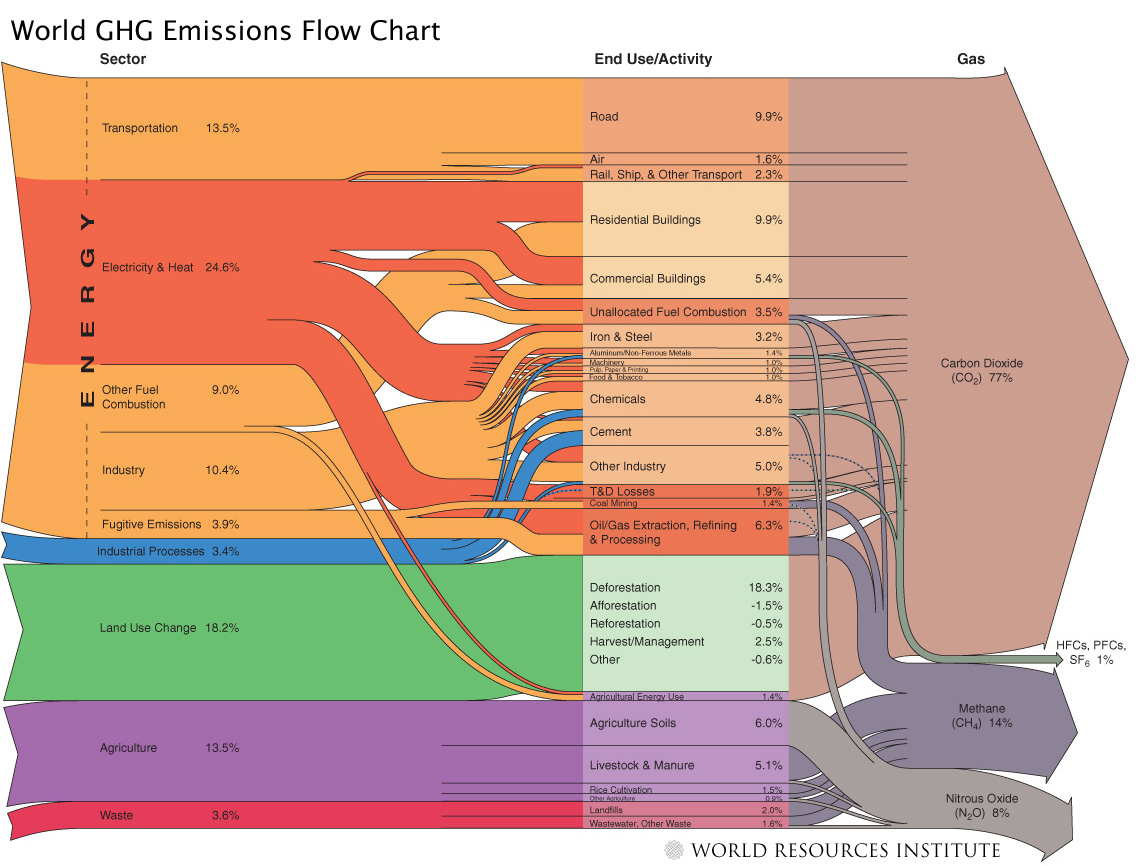
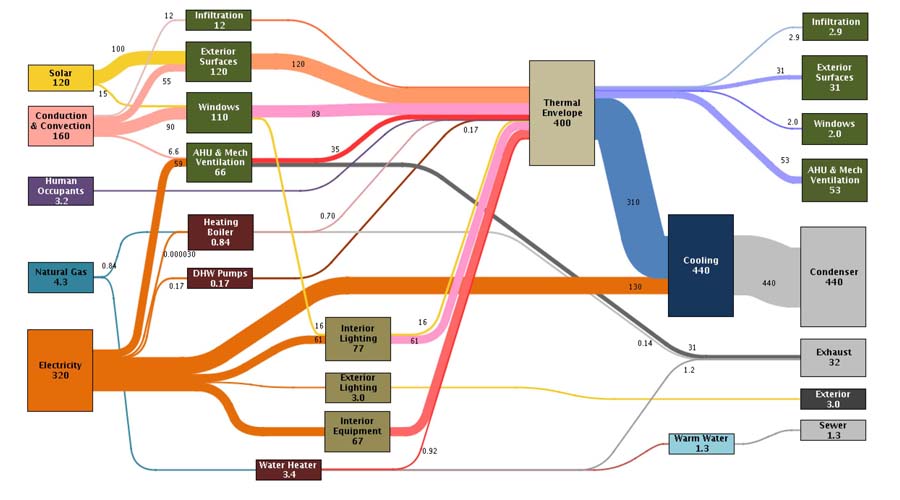
Sankey Diagrams
This article on ‘A Pilot for Measuring Energy Retrofits’ describes how researchers from the EEB Hub used an old navy building in Philadalphia to “determine detailed system performance”.
The result of that “inverse modelling” (i.e. measuring) approach are presented in Sankey diagrams and are used “to identify discrepancies in the predicted versus actual energy balance”.
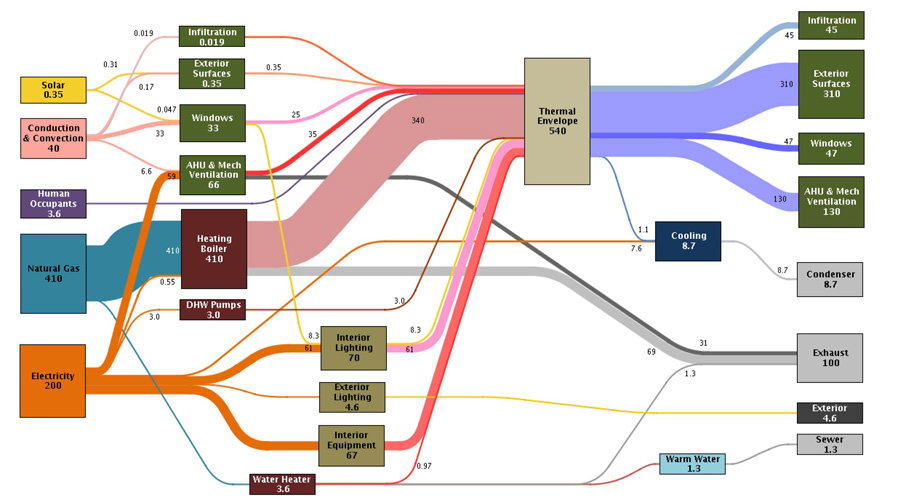

LCA + Metals
'Makers' consistently congregate and support one another's survival. The flow of energy, material, parts and artefacts can be mapped within these manufacturing precincts and beyond in the distribution phase.
A geographical map will act as a foundation for the following LCA mapping.
Download Presentation pdf
Assignment 2: Sustainability Analysis
Analyse the autopsy product discussing sustainability principles relating to your product.
Present the key components in a clear illustrative discussion, including:
The Materials life-cycle map
Map the source and eventual destinations of each autopsy material as pathways and intersections.
Discuss briefly the origins of the autopsy product within the context of the mapping result.
Postulate on the next generation within the context of the mapping result.
Manufacturing nodes
Discuss your group versions highlighting the comparative materials and manufacturing idiosyncracies.
Describe the assembly processes as annotated nodes on the map.
Include discussion about re-assembly and re-use by visualising the end-of life pathways on your map.
Table your findings.
Discuss the value of the product
Think of yourself as a consumer versus you as a designer.
Think about where the product was manufactured, the culture and environment the product was designed for and the implied product life cycle pathways of the end user.
Poll ten people on their perspectives on the product. Map their pathways of usage upon your map.
Table your findings
-
Discuss the end-of-life issues relating to the key autopsy components.
Present your findings at class in Week 9. Submission
Compile your reflections and data as a Case Study including iterative modifications of assignment One plus the Assignment Two components.
Present your Case Study mapping submission in Week 10.
